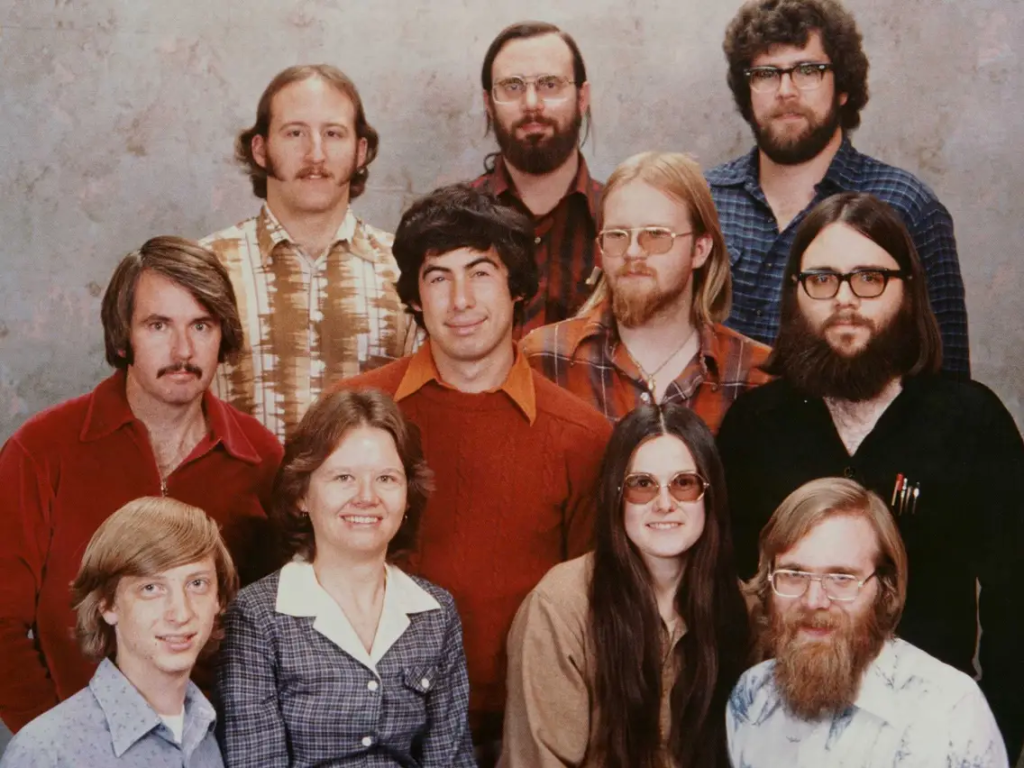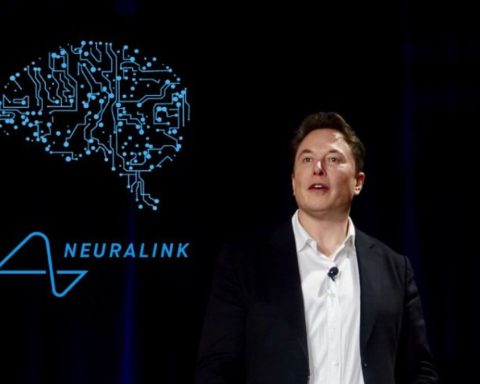Microsoft, the famous computer software firm was founded by Bill Gates and Paul Allen on April 4, 1975, when most Americans and the world were still using typewriters. Microsoft moved its headquarters from Albuquerque, New Mexico, to Washington State in 1979, where it ultimately developed into a sizable multinational technology corporation. The year Microsoft went public, 1987, was when Gates, then 31 years old, became the world’s youngest millionaire.

Microsoft was founded by Gates and Allen to create software for the Altair 8800, an early personal computer. Micro-Soft, the company’s initial name, stood for microprocessors and software. To concentrate on their new business, which was headquartered in Albuquerque because the city was home to electronics company MITS, maker of the Altair 8800, Allen left his job as a programmer in Boston and Gates left Harvard University, where he was a student. The company relocated its offices to Bellevue, Washington, a suburb of Seattle, where Gates and Allen were raised, in 1979 after its sales by that point had surpassed $1 million.

Later, the business licensed IBM to use its MS-DOS operating system for the latter’s 1981 introduction of the first personal computer. Later, other computer businesses began licensing MS-DOS, which lacked a graphical user interface and needed input from users in order to launch programs. After receiving a Hodgkin’s lymphoma diagnosis and receiving successful treatment, Allen left Microsoft in 1983 and pursued a number of other commercial endeavors.

Microsoft introduced Windows, a novel operating system, in 1985. It featured a graphical user interface with drop-down menus, scroll bars, and other features. The following year, the business relocated to Redmond, Washington, and raised $61 million when it went public at a price of $21 per share. Based on revenue, Microsoft had overtaken Apple as the largest personal computer software provider by the late 1980s.
ALSO READ: WHERE ARE THEY NOW? What happened to the people in Microsoft’s iconic 1978 company photo
Windows 95 was released in 1995, at a time when the number of personal computers being purchased for household and business use was surging. The Start menu was one of its innovations, and 7 million copies of the new program were sold in its first five weeks of release (TV ads for Windows 95 featured the Rolling Stones singing “Start Me Up”). The popularity of the Internet increased in the second half of the 1990s, and in 1995 Microsoft released its online browser, Internet Explorer.

Microsoft was accused of breaking antitrust laws in 1998 by the US Department of Justice and 20 state attorneys general for allegedly using its market dominance to drive rivals out of business. In 2001, the company and the government struck a settlement that placed limitations on the company’s business practices. With the release of its Xbox device in 2001, Microsoft also entered the video game industry.
Fast forward to February 7, 2023, Microsoft announced that artificial intelligence will be present both in its famous search engine and in the browser. Microsoft unveiled Microsoft 365 Co-pilot, while Google announced the integration of generative AI experiences into their Google Workspace suite.
READ KASNEB Accredited Institutions New List 2023!
As businesses scramble to adapt to these new features, it’s worth considering the impact these integrations could have on smaller companies in the AI space. Will it be a Game Changer for Businesses or a Threat to Small Companies?



[…] Read: Microsoft’s Inspiring Journey To Office And Beyond […]